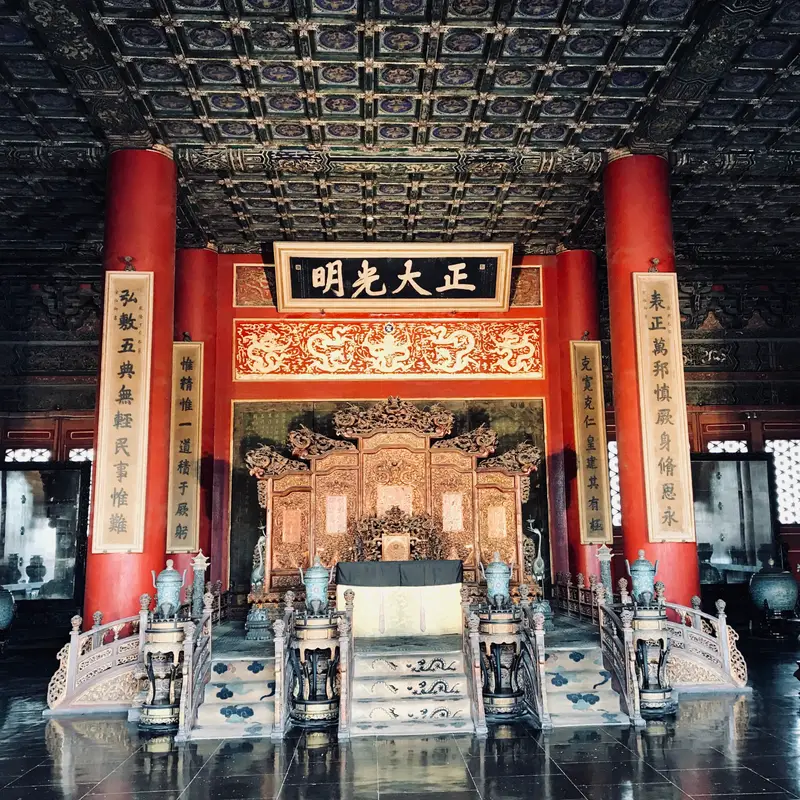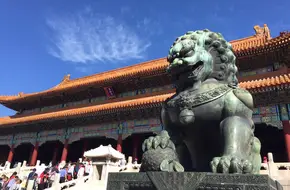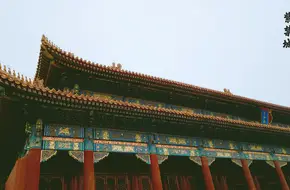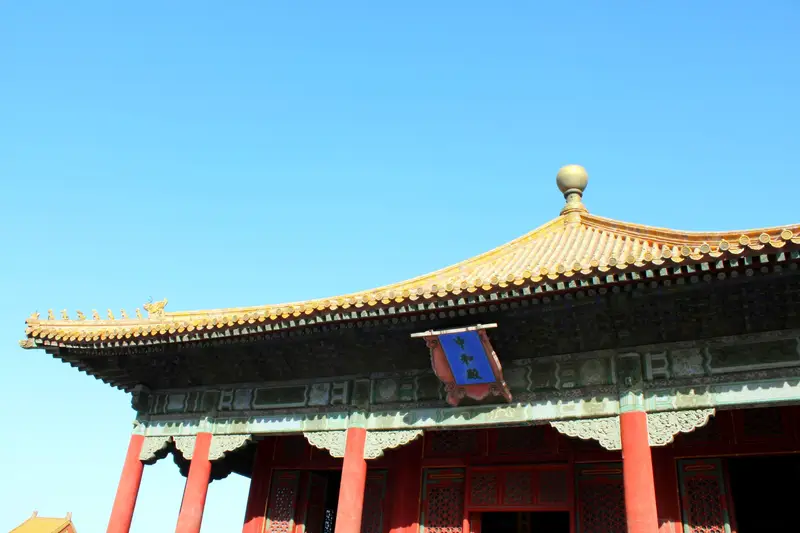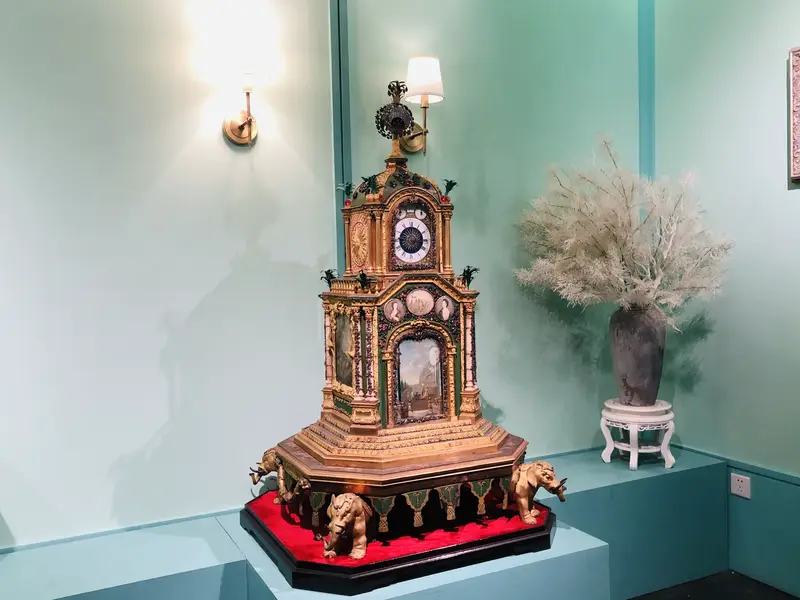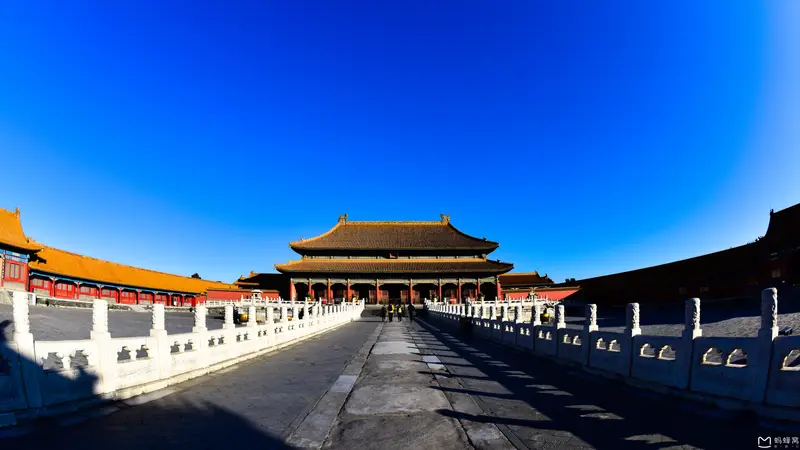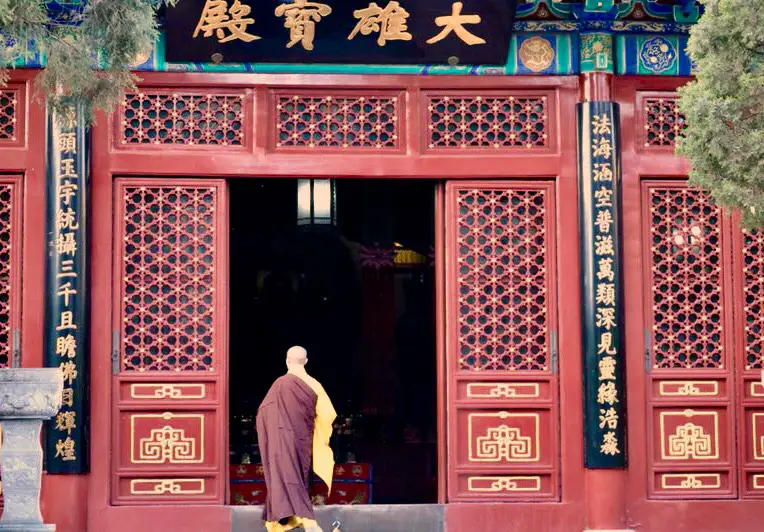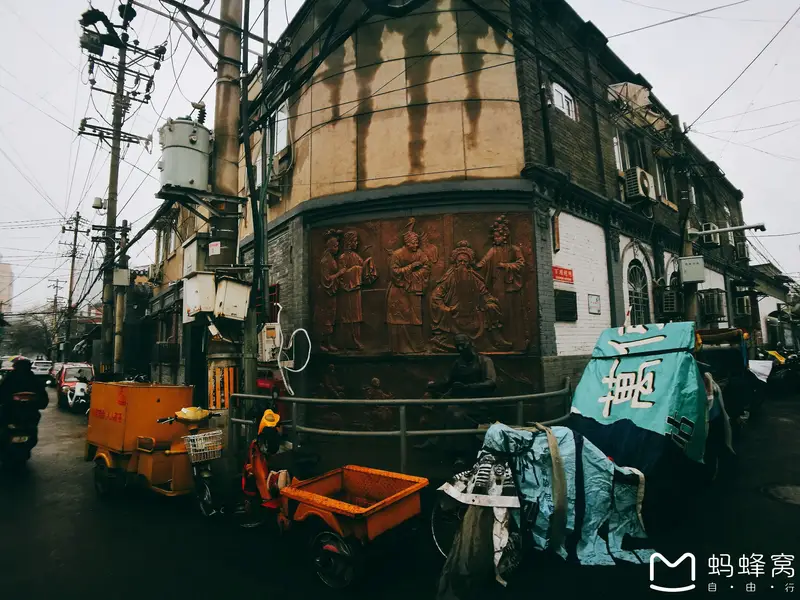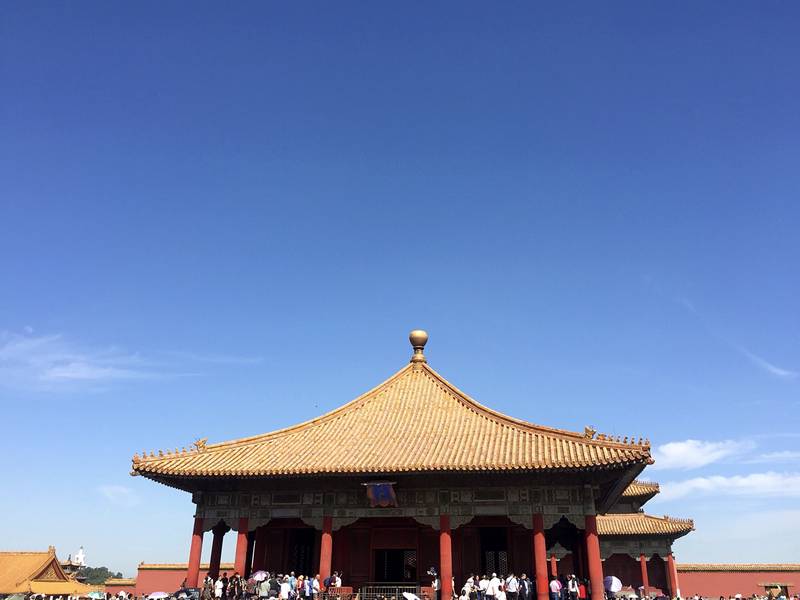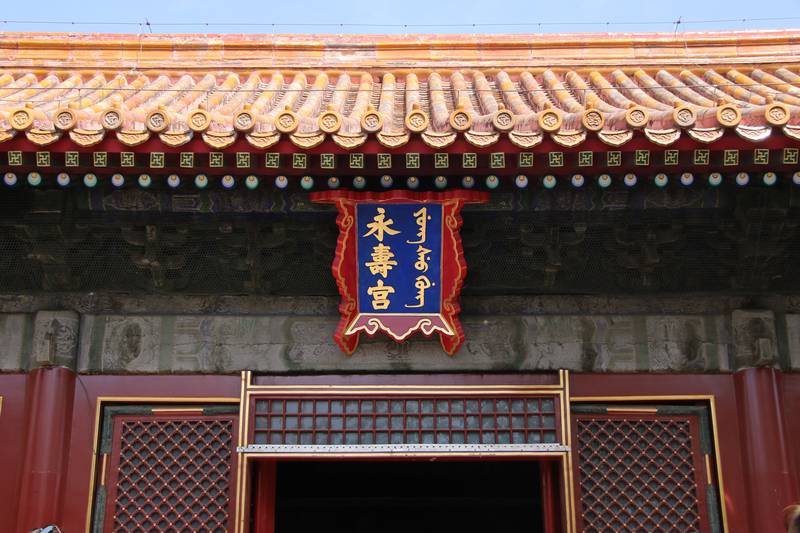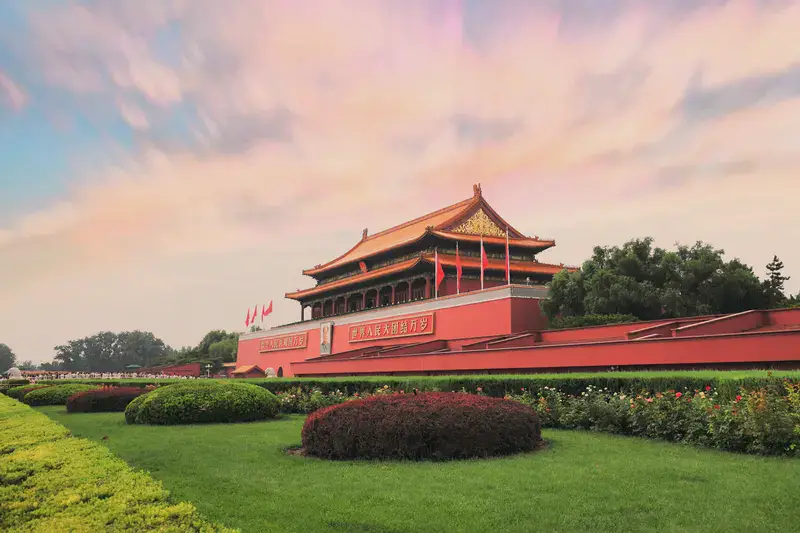Location and Transportation
The Hall of Great Harmony, known as Taihe Dian in Chinese, is located in the heart of Beijing’s Forbidden City. This iconic structure is the largest and most important hall within the palace complex, situated at its central axis. To reach the Forbidden City, visitors can take Beijing’s efficient subway system, getting off at Tiananmen East or Tiananmen West stations. From there, it’s a short walk to the entrance. Taxis and buses are also convenient options. Once inside the Forbidden City, follow the main path straight ahead, and you’ll soon encounter the magnificent Hall of Great Harmony.
Natural Surroundings
While the Hall of Great Harmony itself is a man-made structure, its setting within the Forbidden City offers a unique blend of architecture and nature. The hall is surrounded by a vast open courtyard paved with traditional Chinese bricks, providing a striking contrast to the surrounding buildings. To the north, you’ll see the Gate of Heavenly Purity, while to the south lies the Gate of Supreme Harmony. The surrounding area features traditional Chinese gardens with carefully pruned trees and plants, creating a peaceful atmosphere that enhances the grandeur of the hall.
Architectural Marvel
The Hall of Great Harmony is a masterpiece of traditional Chinese architecture. Built in 1420 during the Ming Dynasty, it stands on a three-tiered marble terrace, symbolizing its importance. The hall itself is an impressive 64 meters wide and 37 meters deep, making it the largest wooden structure in China. Its double-eaved roof, covered with golden yellow tiles, represents imperial authority. The roof is adorned with mythical creatures, each with its own symbolic meaning. Inside, you’ll find a stunning throne, which was the center of imperial power for centuries. The intricate woodwork and elaborate decorations throughout the hall showcase the finest craftsmanship of ancient China.
Historical Significance
The Hall of Great Harmony played a crucial role in Chinese history. It was here that the most important state ceremonies took place, including the enthronement of new emperors, imperial weddings, and the celebration of major festivals. The hall was also used for receiving foreign envoys and conducting important state affairs. Its name, Taihe Dian, reflects the ancient Chinese philosophy of harmony between heaven, earth, and humanity. The hall’s design and orientation were carefully planned according to feng shui principles, aiming to maintain balance and good fortune for the empire.
Visitor Facilities
The Forbidden City offers excellent facilities for tourists visiting the Hall of Great Harmony. There are multiple information centers where you can obtain maps and guidebooks in various languages. Audio guides are available for rent, providing detailed explanations of the hall’s history and significance. Restrooms are conveniently located throughout the complex, and there are several cafes and snack bars where you can take a break and enjoy traditional Chinese tea or light refreshments. The site is wheelchair accessible, with ramps and elevators available to help visitors navigate the different levels.
Exploring the Hall
When visiting the Hall of Great Harmony, it’s best to arrive early in the day to avoid the largest crowds. As you approach the hall, take time to appreciate the intricate details of the surrounding architecture and the symbolism of the various statues and decorations. Inside, allow your eyes to adjust to the dimmer lighting, which helps preserve the ancient artifacts. Take note of the impressive throne and the intricate ceiling decorations. Photography is allowed, but flash is prohibited to protect the artifacts. Consider hiring a local guide or joining a guided tour to gain deeper insights into the hall’s history and significance.
Tips for a Great Visit
To make the most of your visit to the Hall of Great Harmony, wear comfortable shoes as there’s a lot of walking involved. Beijing’s weather can be extreme, so dress appropriately for the season – light clothing in summer and warm layers in winter. Bring water and sunscreen, especially during the warmer months. Consider visiting during weekdays or the off-season to avoid large crowds. If you’re interested in photography, early morning or late afternoon light provides the best conditions for capturing the hall’s beauty. Finally, take your time to soak in the atmosphere and imagine what life was like during the height of the Chinese empire.


